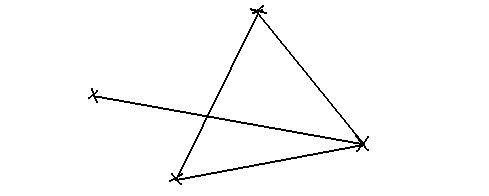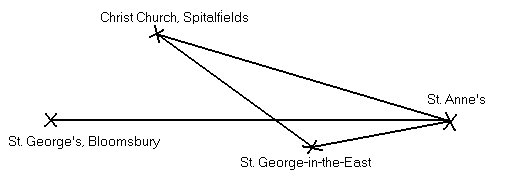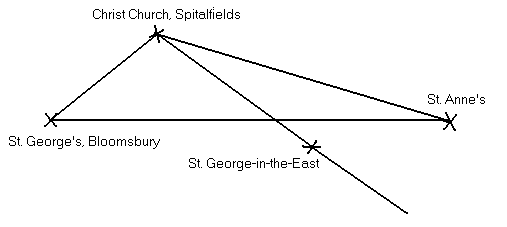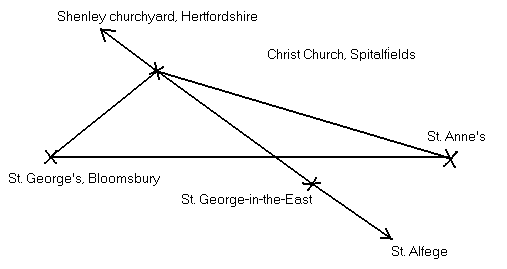
|
|
Nicholas Hawksmoor (1661-1736) |
Hawksmoor: the architect
In Peter Ackroyd's novel, Hawksmoor is a twentieth-century police inspector, whose alter ego is a seventeenth-century London architect, called Dyer. Dyer never existed – or he was a twentieth-century police inspector – but Hawksmoor was an important architect who helped rebuild London after the Great Fire of 1666. He built six big London churches, all of which figure in the novel: St. Alfege (his first), Christ Church, in Spitalfields (central in the novel), St. Anne's, in Limehouse, St. George-in-the-East, St. Mary Woolnoth and St. George's, in Bloomsbury. Since the 1980s, however, his name is mostly associated with a building far from London, which he designed together with Sir John Vanbrugh: Castle Howard in Yorkshire, which features prominently in the TV series Brideshead Revisited. But his most famous creation – although his name is not usually connected with it – are the twin towers of Westminster Cathedral (not to be confused with Westminster Abbey).
Peter Ackroyd's Hawksmoor is a macabre seventeenth-century disciple of Satan, who sacrifices a human life for each church he builds – the sacred ground is desecrated, or consecrated again, in the spirit of the devil, by murdering an innocent human being and committing the body to the foundations of the church. Thus the ground is, literally, laid for a permanent emanation of evil. The architect is more than a builder of houses and churches: his “vison hewed out of stone” is animated with a vile spirit, breathing the city forever in its neck.
Hawksmoor, the twentieth-century inspector of Scotland Yard, is confronted with a series of murders he cannot solve. Still, he feels he knows the murdererer, he is close to finding him. Then, gradually, the awareness comes that the murderer is everywhere: it is the city itself, the place, and particularly the area surrounded by the various churches – they form a pattern.
Throughout the novel the suggestion is upheld that there are thin lines connecting the present with the past, and that history is not made by human action, but by the nature of the ground where the action takes place. The architect's hands not only draw the outlines of the houses and streets in the future, they reach out to us from the grave.
And at this point, I think, the author missed an opportunity. The real seventeenth-century Hawksmoor was far from a disciple of Satan – Ackroyd made that up – but the suggestion that his churches, and the place they stand on, have a deeper meaning could have been drawn from reality.
In chapter 8 we see the following figure:

It is explained as follows:
Four crosses had been drawn... three of them in a triangular relation to each other and with the fourth slightly apart, so that the whole device resembled an arrow. The shape was familiar to Hawksmoor, and suddenly it occurred to him that, if each cross was the coventional sign for a church, then here in outline was the area of the murders – Spitalfields at the apex of the triangle, St. George's-in-the-East and St. Anne's at the ends of the base line, and St. Mary Woolnoth to the west.
This is a weak turn in the novel. The theme of the area surrounded by the churches is left dangling in the air, and the arrow – which points to noweher – turns out to have no meaning. Worse is that the figure is not correct. The real position of the churches is as follows:

And now the result, as an arrow pointing to the right, is not very convincing.
Things get better when we connect the points differently. First we make a triangle of St. George's, Christ Church, and St. Anne's, and then draw a line through St. George-in-the-East and Christ Church to indicate the direction of the arrow:

But where does the arrow point to? If we draw the figure in a map of the larger London area, the line from Christ Church to St. George-in-the-East, extended to the south-east, ends up almost exactly in St. Alfege, Hawksmoor's first church. In a north-western direction, this same line – the direction of the arrow – takes us to Shenley Churchyard in Hertfordshire, the place where the real Hawksmoor was buried at his own request.
